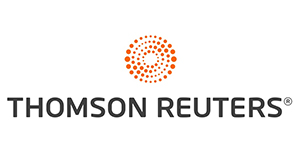Issue Details
THE IMPACT OF INFLATION AND POPULATION GROWTH ON INDIA’S ECONOMIC DEVELOPMENT: A QUANTITATIVE ASSESSMENT
Ms. Meenu
Page No. : 131-144
ABSTRACT
The general public’s primary economic concern has been and always will be inflation. In daily language and popular culture, inflation is commonly used interchangeably to mean the general increase in the cost of living. Despite being the most easily observable economic indicator of a price increase, inflation has its own long-lasting and far-reaching effects on society and societal issues. This is the case even though inflation is the most directly relevant economic indicator of a price increase. The reason for this is the common association between inflation and price increases. Inflation may be detrimental to the economy and cause havoc by increasing the tax rate, decreasing national savings, debasing the currency, and driving up the cost of imported goods. Inflation, population growth, and GDP are all discussed extensively in this article, as is the potential that these three trends may come into conflict with one another. This project’s study is focused on understanding how India’s population and inflation affect the country’s gross domestic product (GDP). The growth rate of gross domestic product is the dependent variable, whereas the growth rates of the population and the consumer price index are the independent variables. For this reason, we make use of data from the 1996–1997 school year through the 2015–2016 school year. The data was obtained from secondary sources, such as the financial reports published by the Reserve Bank of India and the World Bank. Since this provides us with the most optimal starting point, we have chosen a 20-year time period to analyse GDP, population, and inflation on a national scale in the Indian economy. The research, conducted with the help of the SPSS application, made use of a number of different statistical methods, including correlation, regression analysis, the t-test, and an analysis of variance model.
FULL TEXT









